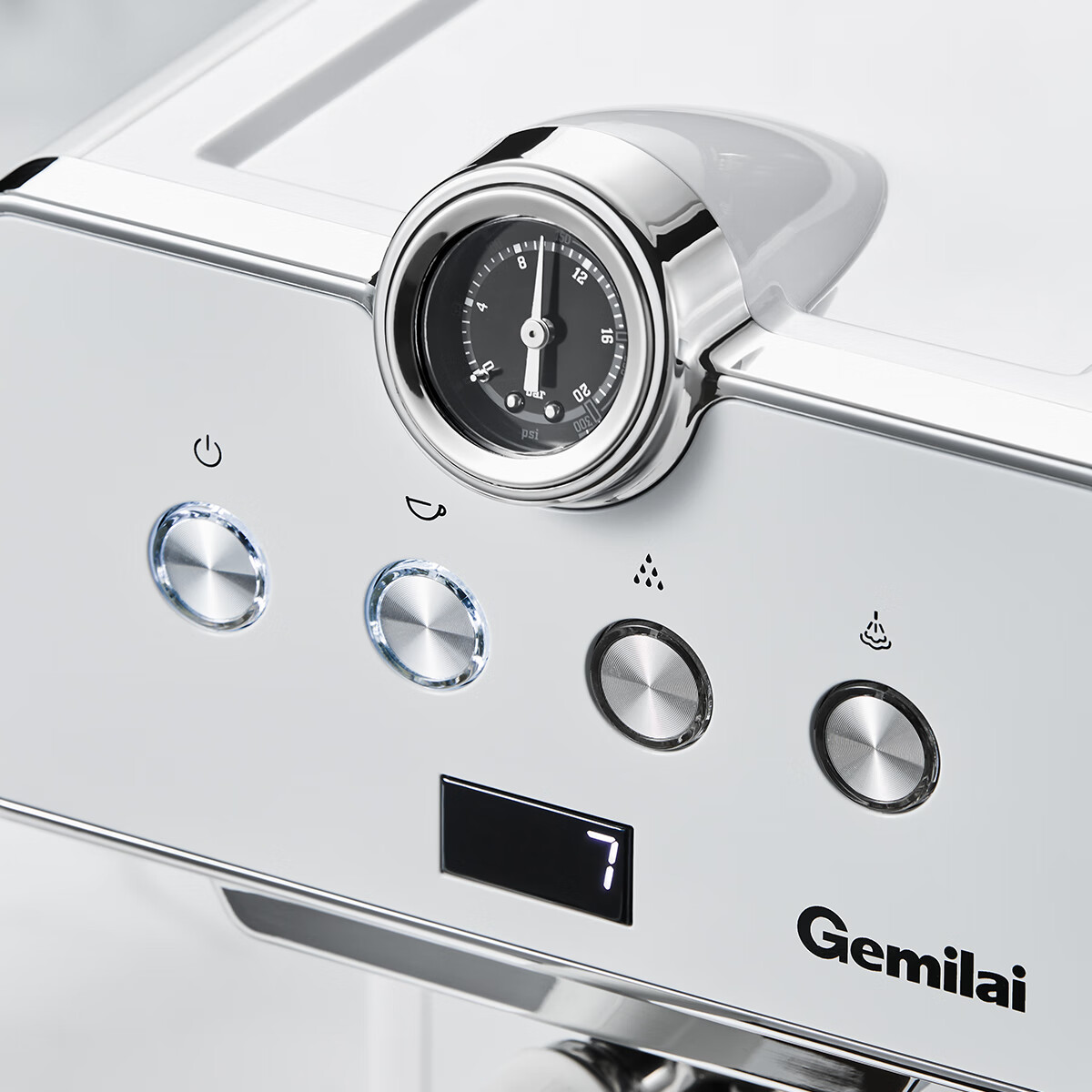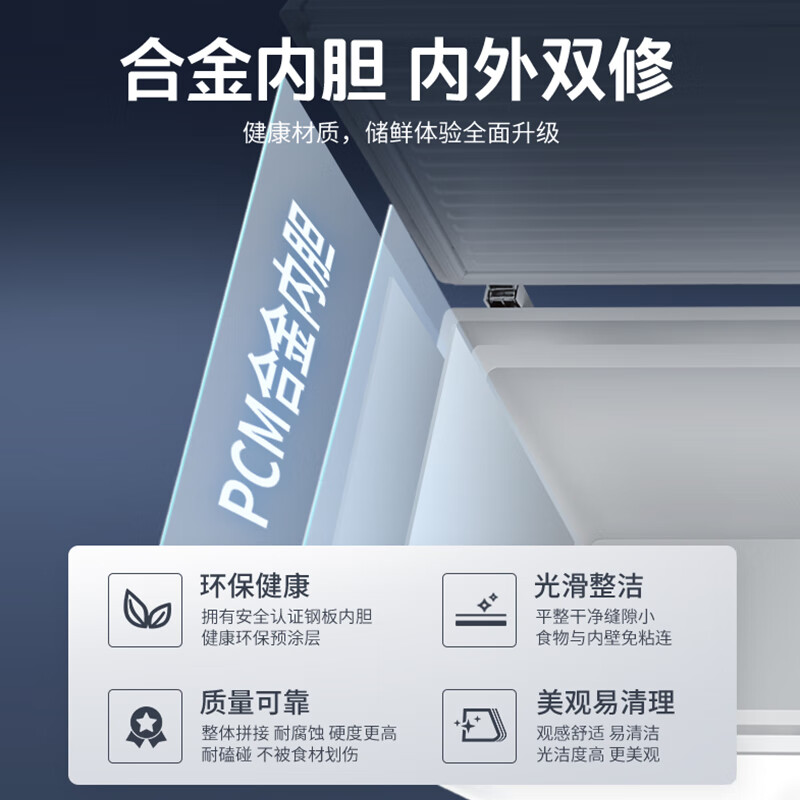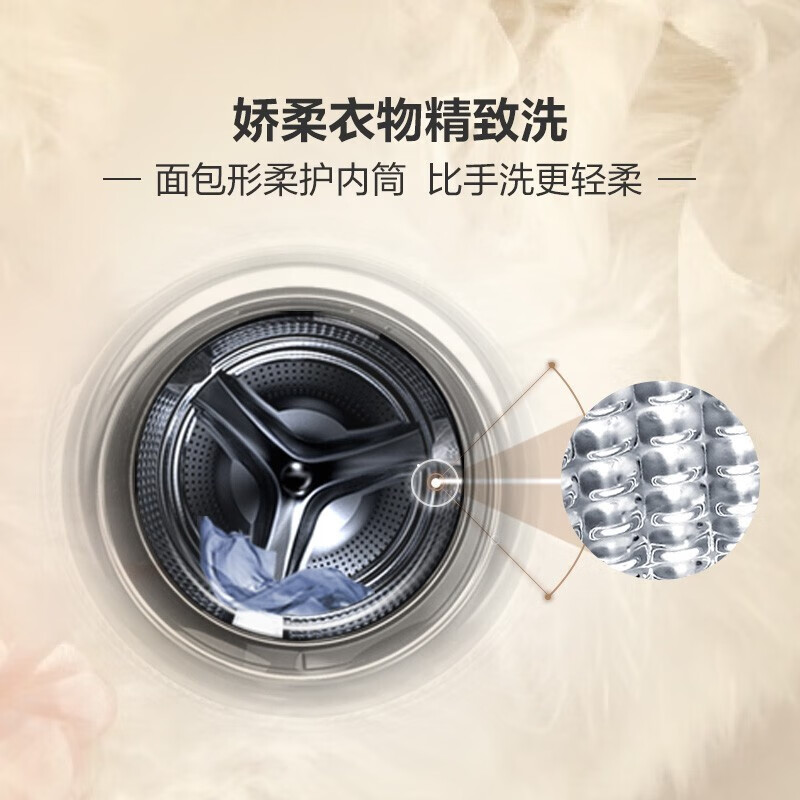细菌基因转移的三种方式:转导、转化和接合
英文更能有效区分三者的区别,故本文未做翻译
Horizontal Gene Transfer in Prokaryotes
Horizontal Gene Transfer (HGT) mechanisms in prokaryotes involve three main processes: transformation, conjugation, and transduction.
转化子transformer、转导子transducer、接合子Zygote
image.png
The main difference between conjugation, transformation, and transductionis that conjugation is the transfer of DNA from one living bacterium to another through sex pilus, transformation is the uptake of free DNA released into the environment, whereas transduction is the transfer of DNA from one bacterium to another by bacteriophage.
Conjugation, transformation, and transduction are three methods of horizontal gene transfer in bacteria.
What is Conjugation
Conjugation is one method of horizontal gene transfer in bacteria. It occurs through the direct contact of two bacterial cells through a pilus. Also, it transfers genes for antibiotic resistance, xenobiotic tolerance, etc. Therefore, it is beneficial to the recipient bacterium. Transduction and transformation are the other methods of horizontal gene transfer in bacteria.
Conjugation occurs in and between many species of bacteria, including Gram-negative as well as Gram-positive bacteria, and even occurs between bacteria and plants.
Broad-host-range conjugative plasmids have been used in molecular biology to introduce recombinant genes into bacterial species that are refractory to routine transformation or transduction methods.
Furthermore, conjugation does not form a generation of new organisms. It also occurs through the exchange of genetic material but not the exchange of gametes. Therefore, conjugation is not considered as a method of sexual reproduction. Moreover, the transferring of genetic materials can be either plasmids or transposons in conjugation.
image.png
Limitations
In conjugation, only mobile genetic elements such as transposons and mobilizable plasmids can be transferred; transformation is DNase sensitive, and a relatively low range of bacteria can be made competent, while recipient cells need to be capable of homologous or site-specific recombination in transduction.
Transduction
image.png
Agrobacterium Mediated Transformation
image.png
image.png
S17-1(Lambdapir) strain宿主菌
基因型
RP4-2(Km::Tn7,Tc::Mu-1), pro-82, LAMpir, recA1, endA1, thiE1, hsdR17, creC510
S17-1 λpir菌株的染色体中整合了RP4-2质粒,该质粒可以携带染色体的部分DNA在接合菌株之间转移。 S17- 1 λpir菌株缺失核酸内切酶 (endA1),提高了质粒DNA的产量和质量;同时为重组酶缺陷型 (recA1),减少插入片段的同源重组概率,保证了插入DNA 的稳定性。Tn7赋予该菌株弱的链霉素抗性。
参考资料:
https://pediaa.com/what-is-the-difference-between-conjugation-transformation-and-transduction/
https://microbenotes.com/horizontal-gene-transfer-prokaryotes-eukaryotes/
https://microbenotes.com/agrobacterium-mediated-gene-transfer/
https://microbenotes.com/bacterial-conjugation/
沙门菌接合质粒转移方案:平板法、肉汤法和过滤器交配法



















































还没有任何评论,你来说两句吧